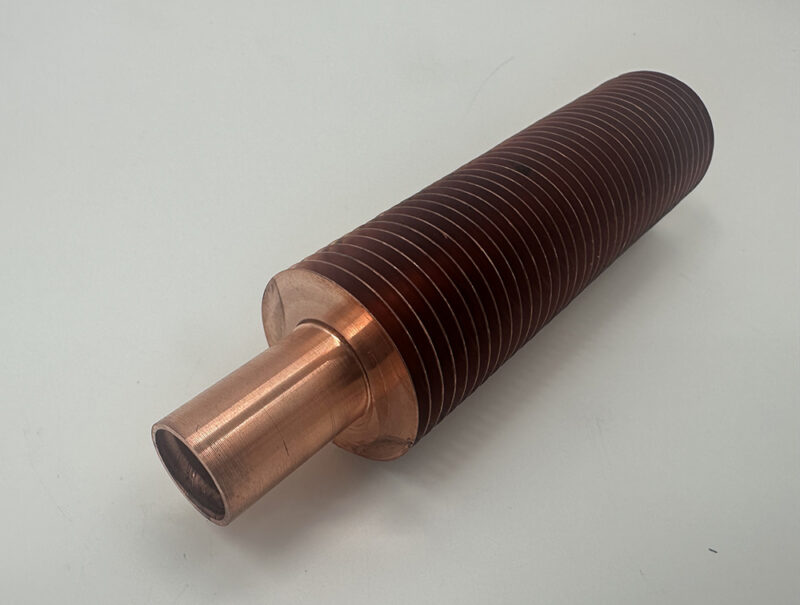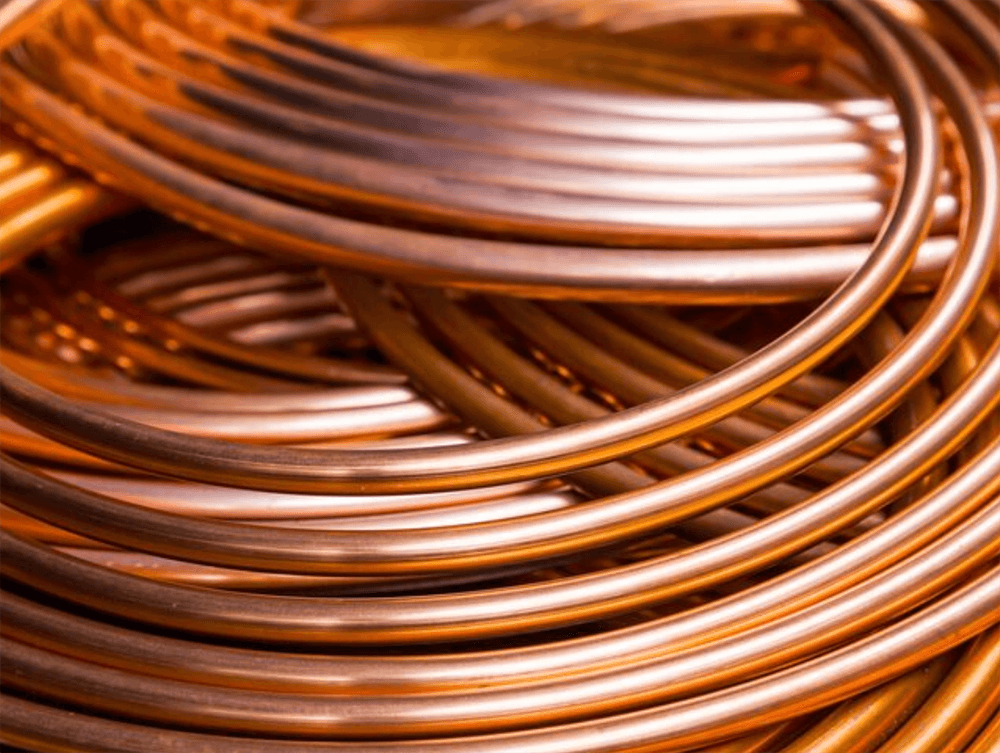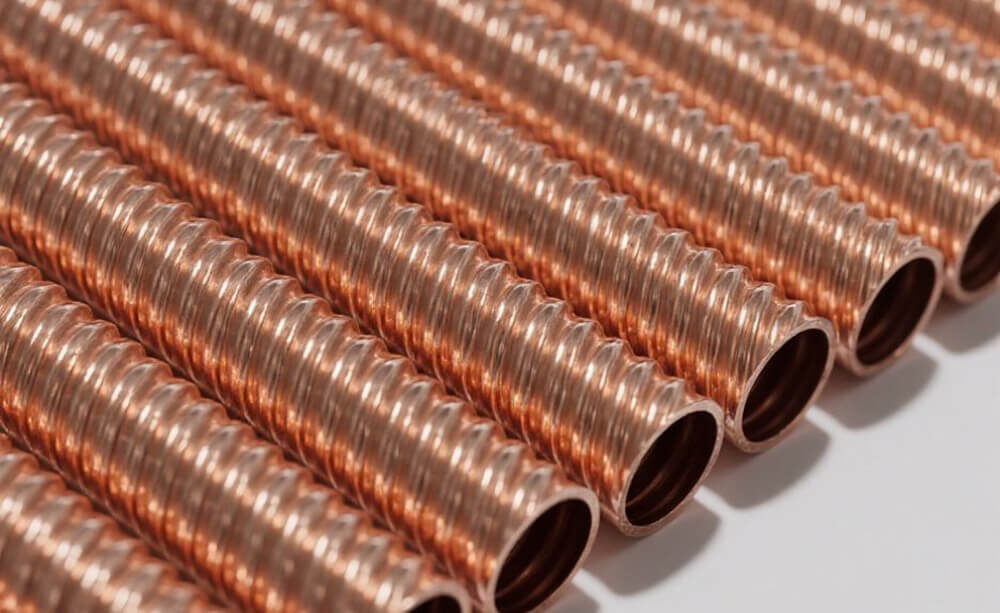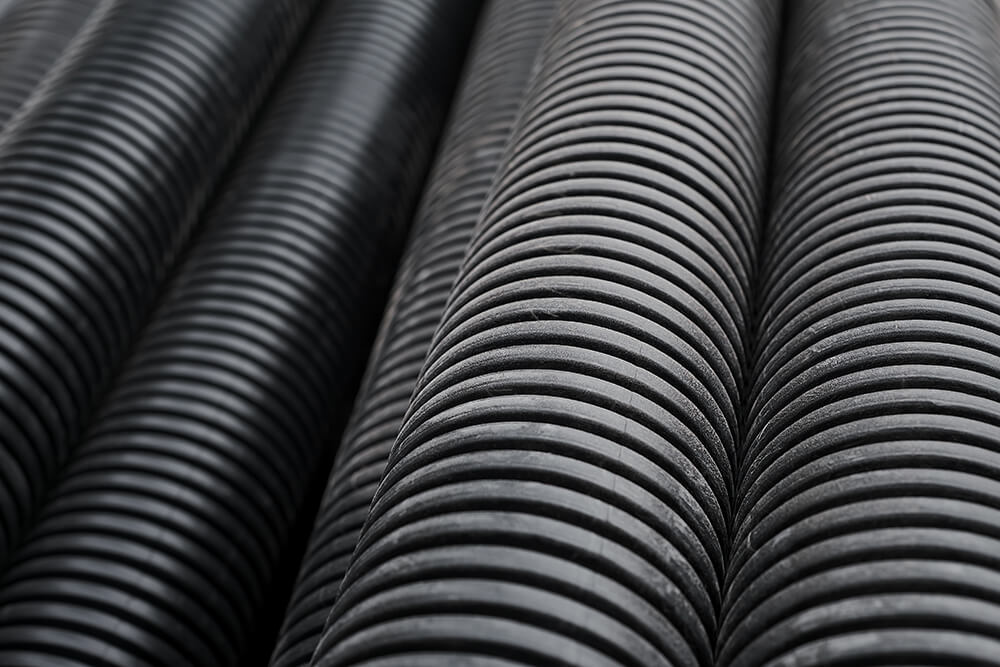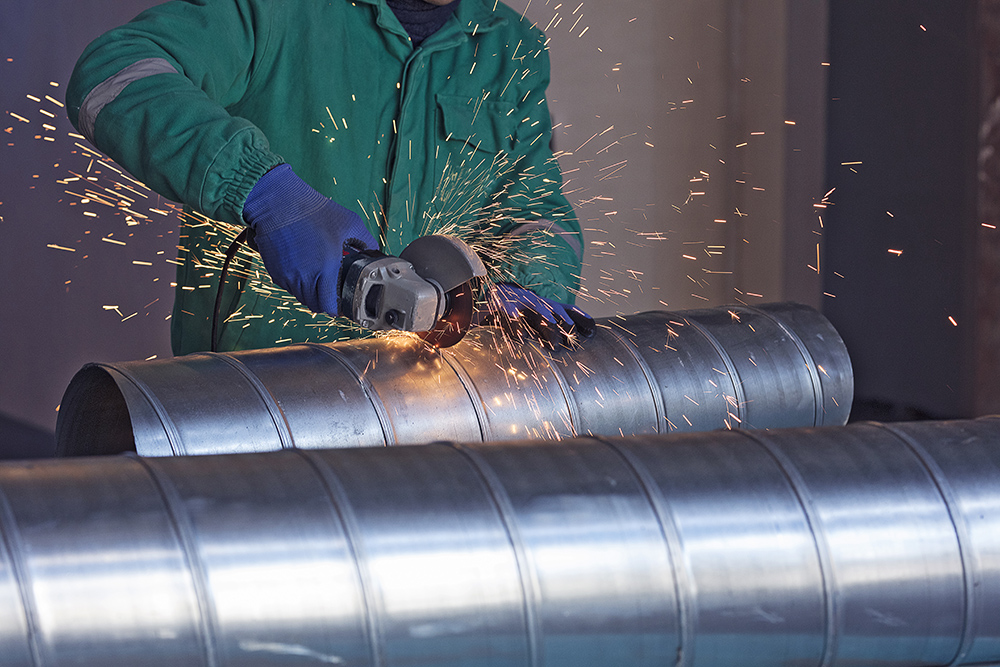In the world of heat exchangers, few components are as widely used and as crucial as finned tubes. Whether it’s in HVAC systems, industrial cooling, or refrigeration, finned tubes are indispensable when it comes to efficient heat transfer. These tubes, which are equipped with metal fins to increase surface area, have become a staple in industries where controlling temperature is paramount. But what makes them stand out? What are the best things about finned tubes that make them the go-to solution for many heat exchange systems?
In this blog, we’ll explore the top advantages of finned tubes, including their efficiency, versatility, cost-effectiveness, and ability to optimize performance in a wide range of applications.
1. Enhanced Heat Transfer Efficiency
The primary function of finned tubes is to improve the heat transfer rate between fluids and their environment. This is achieved through the increased surface area provided by the metal fins attached to the tubes. By increasing the surface area, finned tubes allow more heat to dissipate or be absorbed, depending on the application.
In heat exchangers, this increased surface area is essential because it provides more space for the heat exchange process to occur. With a larger area for air or fluid to come into contact with the tubes, the heat transfer rate is dramatically improved. This means that finned tubes can facilitate faster cooling or heating, making them ideal for a variety of industrial applications.
In summary, finned tubes significantly enhance heat transfer efficiency by maximizing surface area, making them a key component in systems where fast and efficient heat exchange is critical.
2. Compact Design and Space Efficiency
One of the standout advantages of finned tubes is their compact design. By adding fins to the surface of the tube, manufacturers can achieve a much higher heat transfer surface area without requiring more space. This is especially important in industries and applications where space is limited, such as in air-conditioning units, industrial refrigerators, and even automotive radiators.
Instead of increasing the size of the heat exchanger or adding additional tubes, the use of finned tubes allows engineers to optimize space without sacrificing performance. The ability to fit more heat transfer surface area into a smaller footprint makes finned tubes an attractive solution for space-constrained environments.
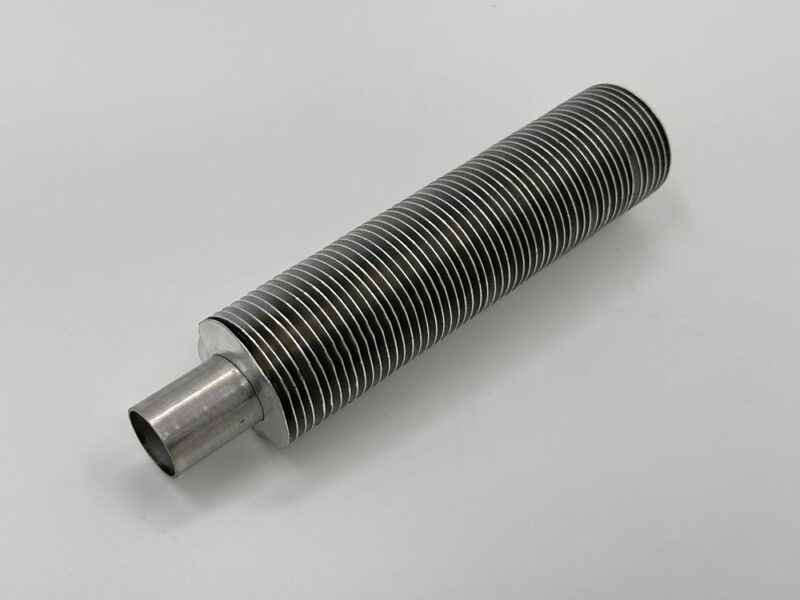
3. Cost-Effectiveness
When it comes to industrial heat exchangers, both initial costs and long-term operational costs need to be carefully considered. Finned tubes offer a cost-effective solution by delivering enhanced heat transfer efficiency at a relatively low cost.
The materials used for the fins, typically aluminum or copper, are not only excellent at conducting heat but are also available at competitive prices. While copper offers superior thermal conductivity, aluminum is often chosen for its lighter weight, resistance to corrosion, and cost-effectiveness. By using these materials, finned tubes help lower the overall cost of heat exchangers, making them an affordable option for a wide range of industries.
Moreover, since finned tubes are more efficient in transferring heat, they help reduce energy consumption. A more efficient system means less energy is required to reach the desired temperature, resulting in lower operational costs over time. This balance between cost and performance makes finned tubes an appealing choice for businesses looking to maximize their return on investment.
4. Durability and Long-Term Performance
Another significant benefit of finned tubes is their durability. The materials used to manufacture finned tubes, such as aluminum, copper, or stainless steel, are chosen for their excellent resistance to corrosion and environmental stress. The ability to withstand high temperatures, moisture, and aggressive chemicals makes finned tubes reliable for use in harsh industrial environments.
The longevity of finned tubes also contributes to their cost-effectiveness. Since they are designed to operate for long periods without significant wear, businesses can avoid frequent replacements or repairs, which is often the case with less durable heat exchangers.
For example, aluminum fins offer great corrosion resistance, making them suitable for use in outdoor environments or coastal areas where humidity and salt can cause corrosion. Similarly, copper fins provide outstanding thermal conductivity while also being resistant to certain forms of corrosion.
5. Versatility in Application
Finned tubes are extremely versatile, making them ideal for a wide range of applications across various industries. From air conditioning units to refrigeration systems, and even in power generation or automotive cooling, the flexibility of finned tubes allows them to serve many purposes.
They can be used in both air-cooled and liquid-cooled systems, with configurations that cater to different fluid types and operating conditions. The design and material of the fins can also be customized to meet specific requirements, whether for enhanced heat dissipation, minimal pressure drop, or resistance to corrosion.
This versatility makes finned tubes a go-to solution in many industries, as they can be tailored to fit the needs of nearly any heat exchange system.
6. Easy Maintenance and Cleaning
Finned tubes also have the advantage of being relatively easy to maintain. Over time, dust and debris can accumulate on the fins, reducing their ability to transfer heat. However, the design of finned tubes often allows for straightforward cleaning.
Many finned tubes are designed with wider spacing between the fins, which makes them easier to clean and less prone to clogging. Moreover, regular cleaning of the fins ensures that the heat transfer efficiency remains optimal over time, preventing system performance from degrading.
In addition, the materials used to make the fins, such as aluminum or copper, often have anti-corrosion properties, reducing the risk of buildup and damage from environmental exposure.
In short, finned tubes are not only durable but also low-maintenance, making them a practical choice for long-term use in heat exchange applications.
7. Improved Airflow and Thermal Conductivity
The fins attached to the tube surface improve airflow by promoting better contact between the air and the heat transfer surface. This is especially important in air-cooled heat exchangers, where the fins increase the exposure of the fluid inside the tube to the surrounding air, allowing for more efficient heat removal.
In addition, by using materials like copper or aluminum, finned tubes enhance thermal conductivity, meaning that the heat flows more easily from the fluid inside the tube to the surrounding environment. This allows systems to perform efficiently even under heavy load conditions, ensuring that temperatures remain within the desired range.
Conclusion
Finned tubes offer a range of benefits that make them indispensable in heat exchange systems across many industries. From their enhanced heat transfer efficiency and space-saving design to their cost-effectiveness and durability, finned tubes provide a reliable and versatile solution for any application where heat exchange is critical.
By improving performance, reducing costs, and ensuring long-term reliability, finned tubes continue to be the go-to choice for engineers looking to optimize their heat exchanger systems. Whether in HVAC, refrigeration, power generation, or any other industrial application, finned tubes offer an unmatched combination of efficiency, cost-effectiveness, and durability, making them an essential component in the heat exchange industry.

